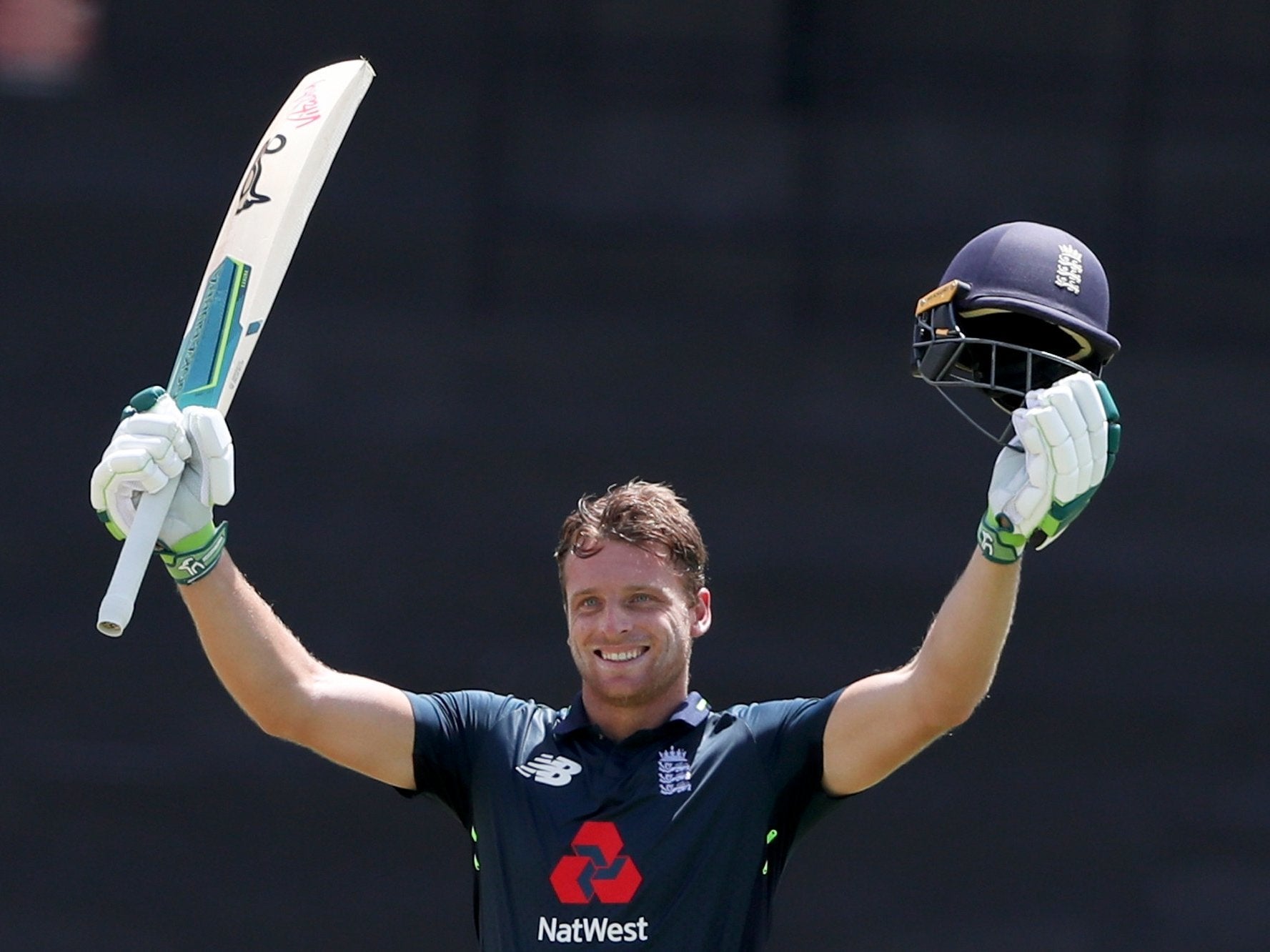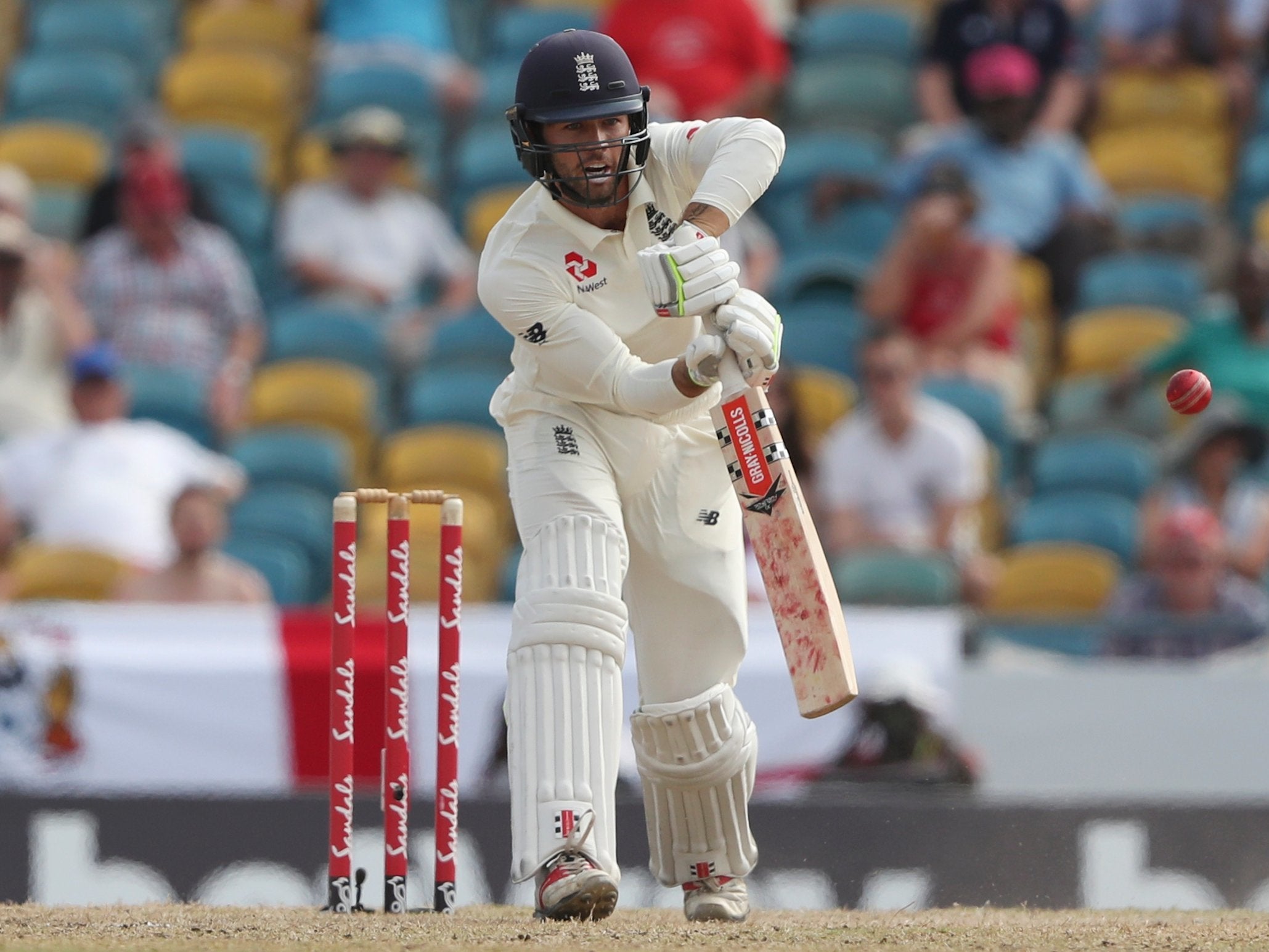Cricket's three formats have never been so thrillingly distinct - so why are the ECB hell-bent on inventing a fourth?
Sports columnist of the year Jonathan Liew picks apart what 24 hours in cricket tells us about the direction of the sport


One day, three games of cricket.
At 9am local time on Wednesday, the West Indies win the toss and put England into bat in the fourth one-day international at Grenada. It’s a smart move. Over recent years, scores in 50-over cricket have warped and inflated to the point where nobody really knows what a good total is any more. And often, the only way to find out is to let the other team have a go first. Since the last World Cup, everything else being equal, you’re about 4 per cent more likely to win chasing a total than you are setting it.
At exactly the same moment, nine thousand miles away, Virat Kohli and Aaron Finch are shaking hands ahead of the second Twenty20 international between India and Australia. It’s 6.30pm, and the Chinnaswamy Stadium in Bangalore is heaving under the lights. For the vast majority of the players taking part, this is the format and the setting they know best. Ten have never played a Test match before. A couple - Krunal Pandya and Ashton Turner - have never even played an ODI.
Frequently, you see the 50-over and 20-over games bundled together in the guise of “white-ball cricket”. But as the two matches progress, the increasing differences between them become apparent. The modern ODI has an epic, gladiatorial quality to it: England pile up 418-6, with Jos Buttler striking 150 from 77 balls. It’s an innings of levels and layers: a brisk but guarded start, an hour to get himself set, and then an astonishing outburst of sustained hitting towards the end. More often, these are the sorts of innings that define the format: not 50s and 100s, but 150s and 200s. For bowlers and fielders, it’s a test of stamina as much as skill: a four-hour examination of mettle and muscle.
The T20 game, meanwhile, has its own discrete and particular brand of jeopardy. From start to finish, the margins are paper-thin. Every ball is freighted with significance. Games can be won and lost in minutes. Defending a strong total of 190, India look well set. But then Glenn Maxwell snatches the game single-handedly, taking 12 off the 17th over and 18 off the 18th, finishing on 113 not out and seeing them home with two balls to spare. India have gone from being favourites to being beaten, in roughly the time it takes to fry a steak.
Back in Grenada, the game is beginning to heat up. Undaunted by the eighth-highest total in ODI history, Chris Gayle and Darren Bravo set about England with a thrilling gusto, getting ahead of the required rate and keeping wickets in hand. For England’s bowlers, there is no hiding place. The T20 bowler who gets collared in their first couple of overs can generally be replaced. In an ODI, where batsmen have time to size up an attack and part-time bowlers are rarer, they have to keep toiling in a thankless cause.
Meanwhile, on the other side of the world, a Test match is breaking out. It’s 17 time zones from the sun-drenched islands of the Caribbean to the green pastures of New Zealand, where the first Test is about to begin in Hamilton. Kane Williamson has no hesitation in bowling first on winning the toss, and this too is a smart decision, albeit for different reasons. If short-form cricket has been tilted in favour of batsmen and big hits, in Test cricket, for the time being at least, bowlers reign supreme.
Quietly, we have entered a golden age of Test fast bowling, with runs per wicket at their lowest point this century, and world-class opening batsmen notable only by their rarity. The widening gulf between five-day and one-day cricket has seen a minor resurgence of the classic skills for which the shorter formats have little or no time. Slip catching. Swing and reverse swing. Long spells of spin bowling with fielders around the bat. After a fine start, Bangladesh collapse to 234 all out shortly after tea, and grimly steel themselves for two long days in the field, with only the distant prospect of a draw to fortify them.
Three games of international cricket, in three different continents, each with their own unique rhythms and maxims, their own specialists and skillsets, their own particular context and feel. Never before in the history of the game have its three formats felt quite so distinct from each other. An innings of 70 off 70 balls will swing the momentum in a Test match, lay a solid platform in an ODI, and lose you a game of T20. A wide yorker is a crucial part of a bowler’s armoury in T20, a useful skill in ODIs and utterly pointless in Test cricket.

Each of the three formats has produced a classic game in recent weeks, from England’s fearless run chase in Barbados, to Ireland’s stunning final-ball win over Holland in Oman, to Sri Lanka’s remarkable one-wicket triumph over South Africa in Port Elizabeth. Many times of late, the death knell has been sounded for international cricket, and occasionally even the sport as a whole. But in a way, cricket has never felt richer or more varied.
At which point: enter the England and Wales Cricket Board, who for some reason have decided that a fourth format is necessary. It’s important to note that for all its bells and whistles, The Hundred will not be radically different from T20 in a sporting sense. A par score may well be 160 rather than 200, and the shift from six-ball overs to ten-ball ends will introduce certain tactical subtleties, but these are fairly minor distinctions in the scale of things. For the whole point of The Hundred is not to create a new sporting product, but to repackage and force-feed us an existing one.
It takes a certain turkey-headed stupidity to look at the remarkable success of T20 - not only the most lucrative format in the history of cricket but also the lifeblood of the evening grassroots game - and think: “Nah, not for us”. But this is where the ECB currently has us: a marketing wheeze, a cynical rebranding exercise, cricket in clown shoes and a blue wig and presented by John Bishop. Its success would euthanise the domestic game and its failure would impoverish it.
Often the debate over The Hundred is portrayed as one of modernisers versus traditionalists. But this has always been a dishonest framing. As events from Grenada to Bangalore to Hamilton have proven, the ECB’s new format displays a disdain not just for cricket’s past, but its present and future as well. And quite sensibly, the rest of the world seems to have concluded that it rather likes what it already has.
Join our commenting forum
Join thought-provoking conversations, follow other Independent readers and see their replies
Comments
Bookmark popover
Removed from bookmarks